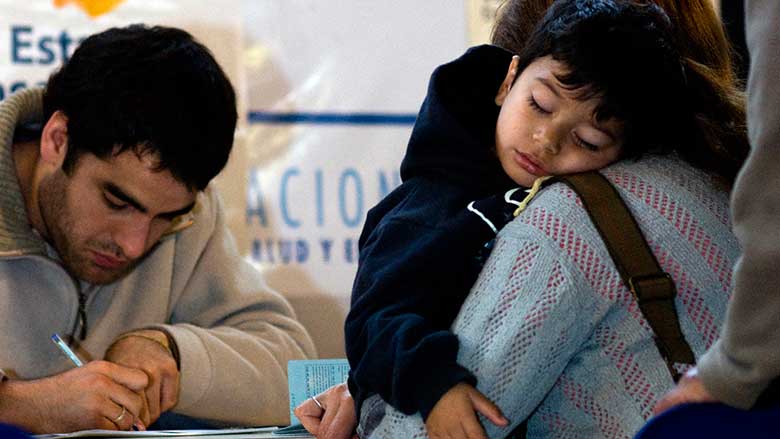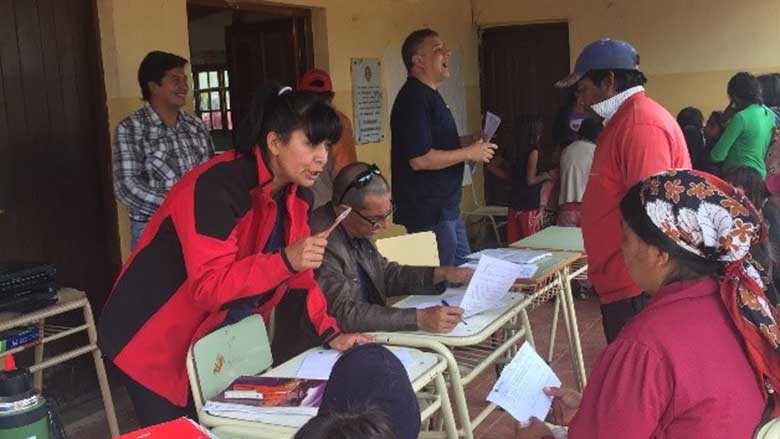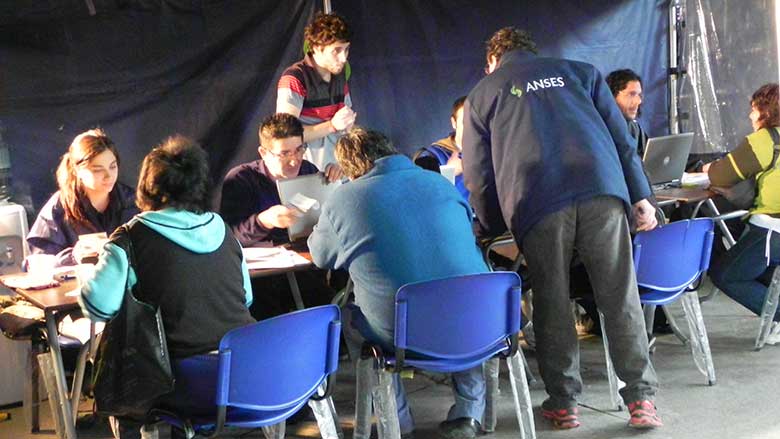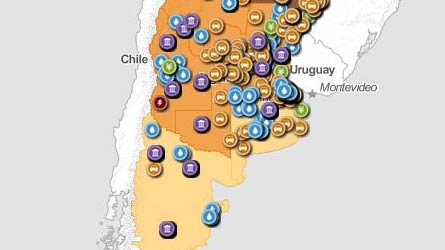Challenge
Despite the nation’s recovery from the 2001–2002 economic crisis, developing a strong and inclusive safety net in Argentina continued to be critical. Poverty remained at around 20 percent and was significantly higher in the poorer regions of the country. Although income inequality has experienced a sustained decline since 2003, it was still higher than in the early 1990s, with a Gini coefficient of 0.48–0.50 in 2008. In addition, although unemployment declined from the peak of 20 percent in 2002 to below 10 percent in 2008, it was expected to rise in 2009 due to the global economic slowdown. The government of Argentina therefore decided to prioritize strengthening the country’s social protection policies and expanding its social program coverage.
Approach
The World Bank’s Basic Protection Project supported the natural development of Argentina’s social protection system. The operation facilitated the transition from the emergency workfare programs set in place in the aftermath of the 2001–2002 crisis, while at the same time it strengthened the Employment Benefit and Training Program (Seguro de Capacitación y Empleo, SEC) and the Family Allowance (FA) Program, both of which were at the core of the government’s social protection strategy. The Basic Protection Project identified substantial opportunities for operational improvements in the two government programs. By clearly separating project disbursement mechanisms relating to selected program improvements from project technical assistance activities, the Basic Protection Project design successfully combined its roles into a single operation, effectively ensuring financial support for and visibility of technical assistance activities without slowing down disbursements for program improvements. In addition, the Bank team foresaw possible expansion of the two government programs to reach beneficiaries not eligible at the time the project was under preparation; the project development objectives and overall implementation mechanisms were therefor conceived to accommodate expansion during implementation.



